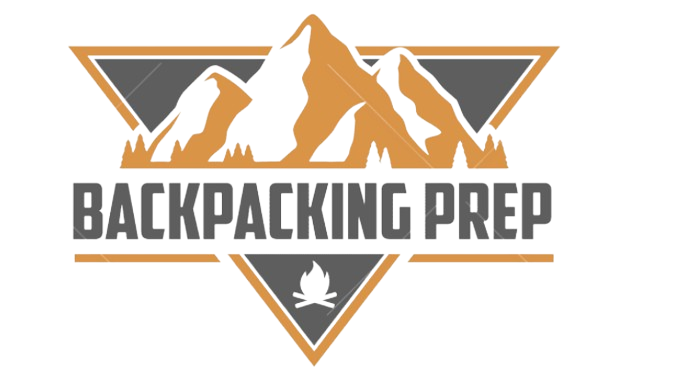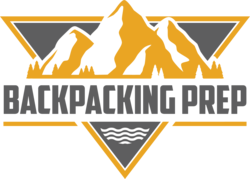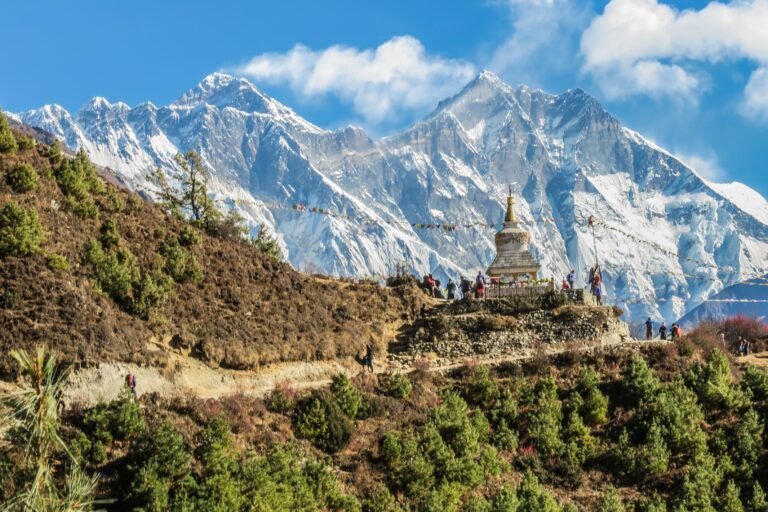Nepal is a beautiful country full of friendly people, stunning scenery, and plenty of opportunities for adventure. It’s no wonder that so many backpackers and solo travelers make their way here each year.
If you’re thinking about exploring Nepal on your own, you might be wondering if it’s affordable to travel solo in this country. The good news is that Nepal is relatively cheap to travel, especially if you’re willing to rough it a bit and stay in budget accommodation. Places like Kathmandu and Pokhara are relatively inexpensive, and there are plenty of free or low-cost activities to keep you busy.
When it comes to choosing places to travel in Nepal, there’s no shortage of options. Whether you want to trek through the Himalayas, raft down some whitewater rapids, or just explore temples and stupas, there’s plenty to do. Some of the most popular places to visit in Nepal include Kathmandu Valley, Everest Base Camp, Pokhara, and Lumbini.
Trekking in the Annapurna Region
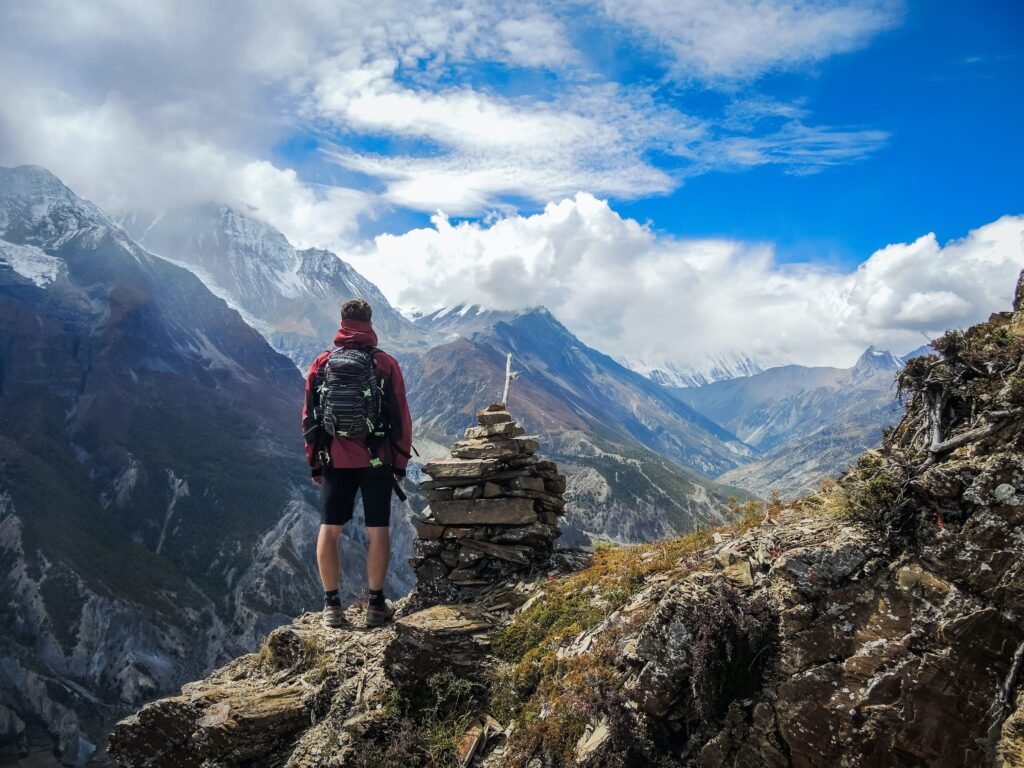
The Annapurna region is one of the most popular trekking destinations in Nepal. It is home to some of the world’s tallest mountains, including Mount Everest, and offers a wide range of trekking options, from easy hikes to more challenging expeditions.
Whether you want to trek to the Everest Base Camp or explore the less crowded Annapurna region, there is a trek for everyone in this beautiful part of Nepal.
The Annapurna region is located in the north-central part of Nepal and covers an area of around 7,629 square kilometers. It is bordered by the territory of Tibet to the north and the Indian state of Uttar Pradesh to the south.
The region is home to a diverse range of landscapes, from the snow-capped peaks of the Himalayas to subtropical forests and terraced fields. The climate also varies depending on the altitude, with the lower parts of the region being warmer and more humid than the higher parts.
There are a number of different trekking routes in the Annapurna region, depending on your fitness level and time frame. The most popular trek is the Everest Base Camp trek, which takes around two weeks to complete.
This trek takes you through some of the most stunning scenery in the world, including the Khumbu Glacier, Mount Everest, and the Sherpa villages of Namche Bazaar and Lukla. The Everest Base Camp trek is challenging, but it is achievable for most people with a good level of fitness.
If you are looking for a shorter trek, the Annapurna Circuit Trek is a great option. This trek takes you around the Annapurna Massif, a range of mountains that includes some of the tallest peaks in the world, such as Annapurna I (8,091 meters) and Dhaulagiri (8,167 meters).
The Annapurna Circuit Trek can be completed in around two weeks and is a great option for those who want to experience the beauty of the Himalayas without undertaking a challenging expedition.
Whichever trek you choose, you are sure to have an amazing experience in the Annapurna region.
Exploring the Sacred City of Kathmandu
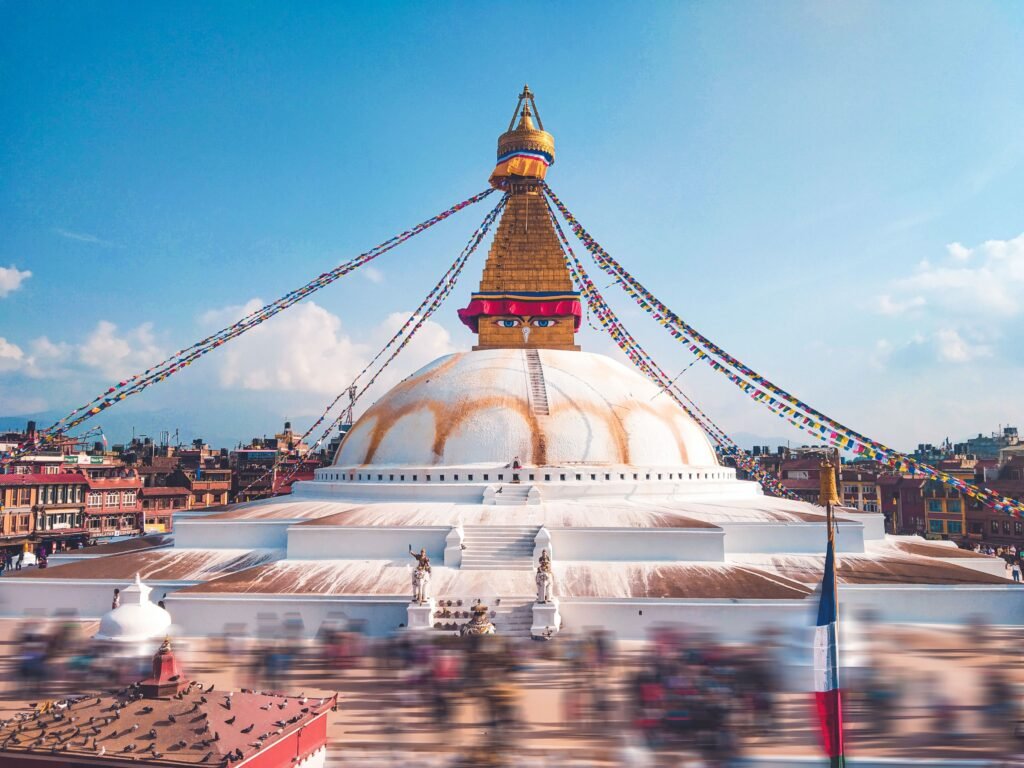
Kathmandu is the capital of Nepal and the country’s largest city. It is also the gateway to Nepal’s famed Himalayan mountains, which are home to eight of the world’s fourteen highest peaks, including Mount Everest.
The city is a fascinating mix of old and new, with a history that dates back over 2,000 years. Today, it is a bustling metropolis with a population of over 1.5 million people.
Despite its modernity, Kathmandu retains its traditional flavor. The city is home to numerous temples and shrines, as well as many old buildings and streets. Kathmandu is also a great place to shop for traditional Nepalese goods, such as handmade carpets, paintings, and metalwork.
If you’re planning a trip to Nepal, Kathmandu is a must-see destination. Here’s a guide to help you explore the city’s many highlights.
Day 1:
Arrive in Kathmandu and check into your hotel. In the afternoon, explore some of the city’s main sights, such as Durbar Square, home to the old royal palace, and the temple of the Living Goddess, Kumari.
In the evening, stroll through Thamel, Kathmandu’s bustling tourist district. There are many shops and restaurants here, as well as plenty of people-watching opportunities.
Day 2:
Spend the day exploring Kathmandu’s many temples and shrines. Some of the most popular include the temple of Buddha Nayana, Swayambhunath (the “monkey temple”), and Pashupatinath, a temple dedicated to the Hindu god Shiva.
Day 3:
Take a day trip outside of Kathmandu to one of the nearby towns or villages. Popular options include Bhaktapur, known for its medieval architecture, and Pokhara, a scenic lakeside town.
Day 4:
Spend your final day in Kathmandu doing some shopping and exploring more of the city’s sights at your own pace. You may want to visit one of the city’s museums, such as the Museum of Nepali Art or the National Museum. Alternatively, take a walk through one of Kathmandu’s many parks or enjoy some of the city’s delicious cuisine.
Go Off the Beaten Path in Kanchenjunga
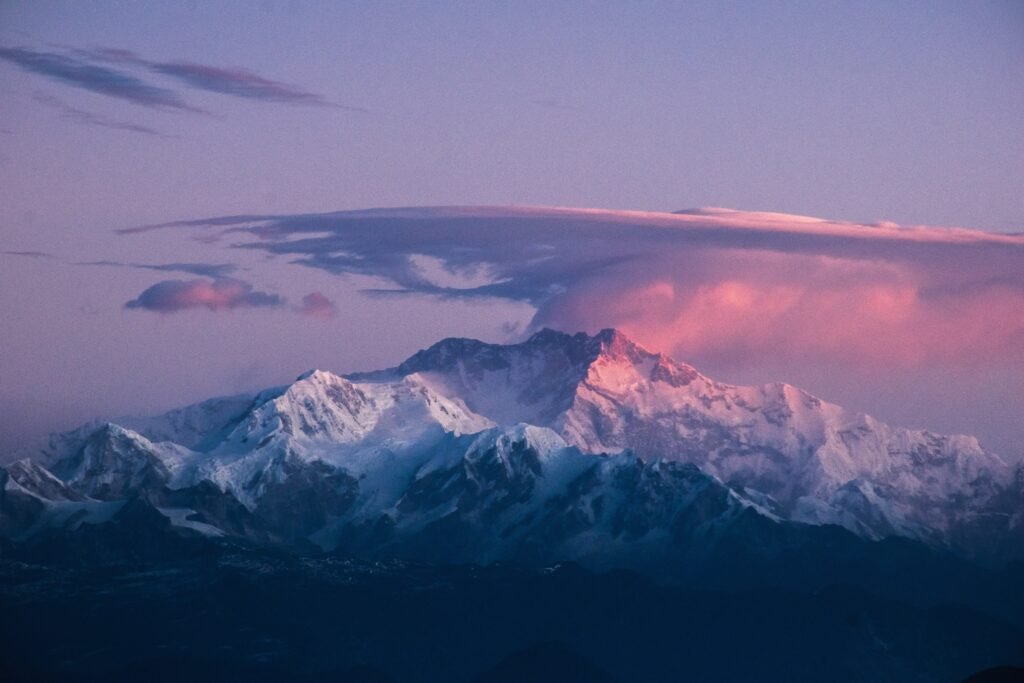
When most people think of Nepal, they immediately think of Mt. Everest. And while there’s no denying that Everest is an amazing sight, it’s not the only thing Nepal has to offer. If you’re looking to get off the beaten path, Kanchanjunga is the perfect place to start.
Kanchanjunga is the world’s third highest mountain, and it’s located in the eastern part of Nepal, near the border with India. The area is home to a number of national parks, including Kanchenjunga National Park, which is a UNESCO World Heritage Site.
The best way to explore Kanchanjunga is on a trekking expedition. There are a number of different routes you can take, depending on your fitness level and how much time you have. The most popular trek is the Kanchanjunga Base Camp Trek, which takes about two weeks to complete.
If you’re looking for a shorter trekking option, the Pangpema Trek is a great choice. It takes about five days to complete, and it takes you to the stunning Pangpema Glacier, which is one of the largest glaciers in Nepal.
No matter which route you choose, Kanchanjunga is sure to take your breath away. If you’re looking for an off-the-beaten-path destination that will give you a true taste of Nepal, Kanchanjunga is the perfect choice.
Find New Adventures Around Pokhara
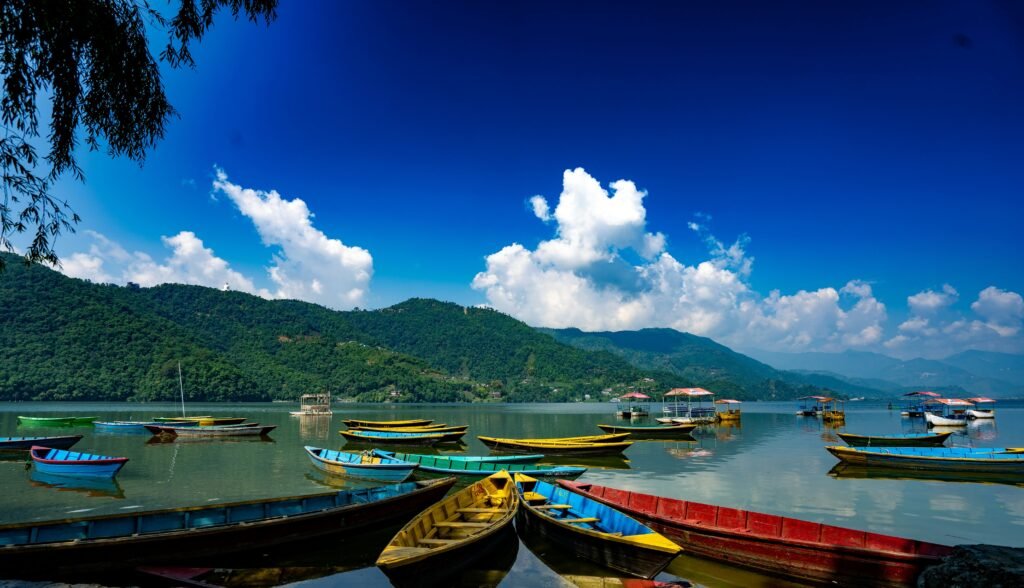
The city of Pokhara is a gateway to some of the most beautiful and dramatic scenery in Nepal. The Annapurna massif looms large to the north, and the deep valleys of the Everest region cut through the landscape to the east. With such stunning surroundings, it’s no wonder that Pokhara is a popular destination for adventurous travelers.
There are plenty of ways to get your fill of adventure in Pokhara. If you’re looking for something active, you can go hiking or mountain biking in the nearby hills. For something a bit more relaxed, you can take a boat ride on Phewa Lake or go for a swim in one of the many natural pools. And of course, there are plenty of opportunities for shopping and dining in Pokhara’s colorful markets and local restaurants.
One of the best things about Pokhara is its mild temperatures. Even in the height of summer, the temperatures are usually comfortable enough to enjoy all of the outdoor activities on offer. So whether you’re looking for an adventure-filled vacation or a peaceful getaway, Pokhara is sure to have something for you.
Langtang Valley
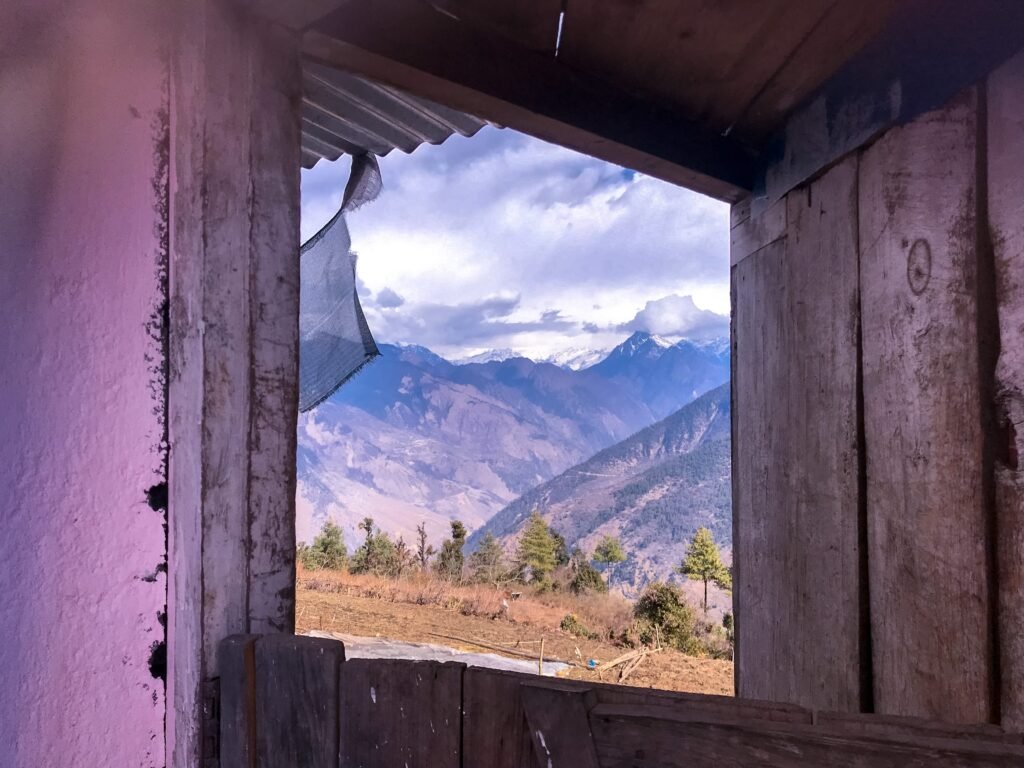
Langtang Valley is one of the most popular trekking destinations in Nepal. It is a beautiful valley situated at the base of the Langtang Lirung, the highest mountain in the valley. The valley is home to many different ethnic groups, including Tamang, Sherpa, and Tibetan.
The best time to visit Langtang Valley is from March to May, when the weather is mild and the flowers are in bloom. October to November is also a good time to visit, as the autumn colors are stunning.
How much does it cost to travel to Langtang Valley?
The cost of traveling to Langtang Valley will vary depending on your itinerary and what type of traveler you are. A basic trekking package will cost between $500 and $1000 per person. This includes your guide, porter, accommodation, and meals.
If you are looking for a more luxurious experience, you can expect to pay upwards of $2000 per person. This includes staying in nicer accommodation, such as tea houses, and having a private guide.
What can you expect on a trek to Langtang Valley?
A trek to Langtang Valley is an amazing experience that will take you through some of the most beautiful scenery in Nepal. You will trek through forests and meadows, past waterfalls and glaciers, and get stunning views of the mountains.
You will also have the opportunity to visit some of the local villages and meet the friendly people who live there. Be sure to try some of the delicious local food, such as momos (dumplings) and Tibetan bread.
If you are looking for an adventure of a lifetime, then a trek to Langtang Valley is definitely for you!
Seeing the Hidden Gems of Mustang
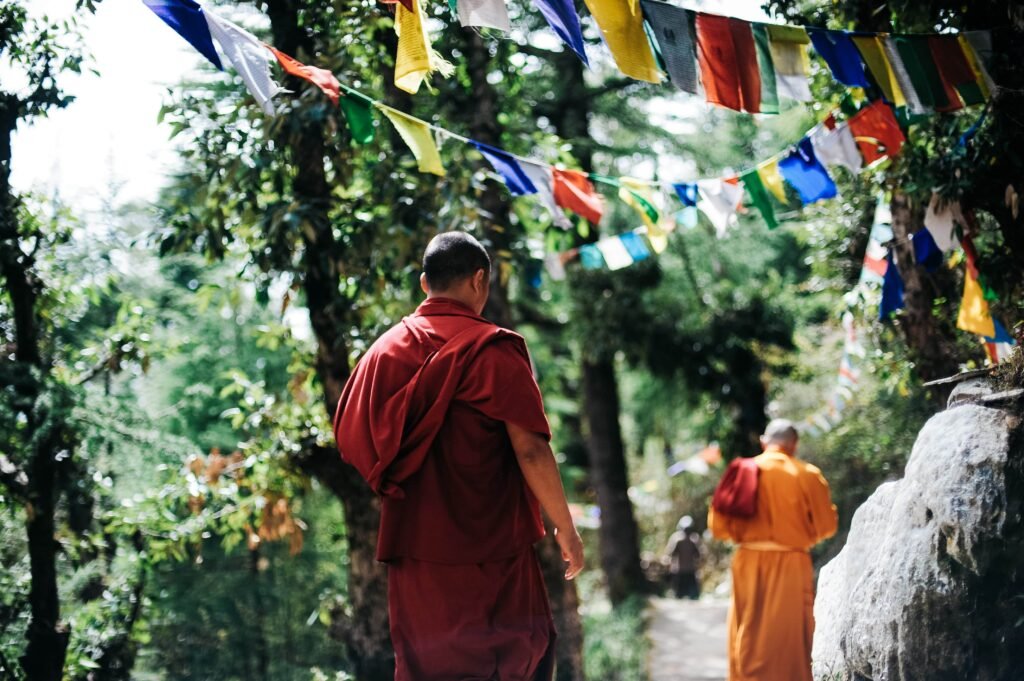
If you’re looking for an off-the-beaten-path experience, Mustang is the perfect place for you. Mustang is a relatively isolated region in Nepal that is only accessible by foot or by plane. This makes it the perfect place to get away from the hustle and bustle of city life and really experience Nepal’s natural beauty.
When visiting Mustang, be sure to take some time to acclimatize to the altitude. Mustang sits at an altitude of 3,700 meters, which is significantly higher than Kathmandu. This can cause altitude sickness if you’re not careful. Take it easy when you first arrive, and drink plenty of fluids.
There are many different routes you can take when exploring Mustang. The most popular route is the Annapurna Circuit, which takes you through some of the most stunning scenery in Nepal. However, if you’re looking for a more challenging trek, there are also routes that go through Mustang’s high-altitude desert.
No matter which route you choose, you’re sure to have an amazing experience. Mustang is a truly magical place and is sure to leave you with unforgettable memories.
Awe-Inspiring Peaks of the Everest Region

Nestled in the heart of the Himalayas, the Everest region is home to some of the most awe-inspiring peaks in the world. From Mount Everest, the tallest mountain on Earth, to Lhotse, Makalu, and Cho Oyu, the region boasts four of the fourteen eight-thousanders. With such an impressive array of mountains, it’s no wonder that the Everest region is a mecca for mountaineers and backpackers from all over the world.
Whether you’re trekking to Everest Base Camp, summiting one of the smaller peaks, or just taking in the breathtaking views, a trip to the Everest region is sure to be an unforgettable experience. Here are a few of the highlights:
Mount Everest: Of course, the biggest draw to the Everest region is Mount Everest itself. Standing at an awe-inspiring 8,848 meters (29,029 feet), Everest is the tallest mountain on Earth. For those who aren’t interested in mountaineering, there are plenty of other ways to enjoy Everest. The Everest Base Camp Trek is one of the most popular treks in the world, and for good reason. The trail takes you through some of the most beautiful scenery on Earth, all the way to the base camp of the world’s tallest mountain.
Lhotse: Lhotse is the fourth highest mountain on Earth, and is located just next to Mount Everest. at 8,516 meters (27,940 feet), Lhotse is an impressive peak in its own right. The Lhotse Face is one of the most popular climbing routes on the mountain, and offers climbers stunning views of Mount Everest.
Makalu: Makalu is the fifth highest mountain on Earth, and is another popular climbing destination in the Everest region. at 8,463 meters (27,766 feet), Makalu is known for its steep, jagged peak. The standard climbing route on Makalu follows the ridgeline that connects Makalu to Lhotse, and offers climbers stunning views of both mountains.
Cho Oyu: Cho Oyu is the sixth highest mountain on Earth, and is located just west of Mount Everest. at 8,188 meters (26,864 feet), Cho Oyu is a popular destination for both climbers and trekkers. The Cho Oyu Base Camp Trek is a popular alternative to the Everest Base Camp Trek, and takes you to the base camp of Cho Oyu, offering stunning views of the mountain.
Learn Culture and History in Lumbini

Lumbini, the birthplace of Lord Buddha, is one of the most important pilgrimage sites for Buddhists all over the world. Lumbini is located in the southern Terai plains of Nepal, about 25 kilometers from Bhairahawa, and is one of the four Buddhist pilgrimage sites based on the major events of Lord Buddha’s life. It is said that after visiting Bodh Gaya, the site of Buddha’s Enlightenment, Kushinagar, where he attained Nirvana, and Sarnath, where he preached his first sermon, a pilgrimage to Lumbini is deemed to be complete.
Lumbini not only holds religious significance but is also an important archaeological site. The area around Lumbini has been designated as a UNESCO World Heritage Site. Among the many ancient ruins in Lumbini, the most important is the Mayadevi Temple, which marks the exact spot where Queen Maya Devi gave birth to Siddhartha Gautama, who later came to be known as the Buddha.
Lumbini is a beautiful place that is perfect to learn about Nepal’s rich culture and history. The best time to visit Lumbini is from October to March when the weather is cool and pleasant. The temperatures in Lumbini can get quite hot during the summer months, so it’s best to avoid visiting then. The rains start in June and continue till September and Lumbini can be quite wet and muddy during this time.
There are many different ways to get to Lumbini. You can fly into Bhairahawa Airport which is the closest airport to Lumbini and is about 25 kilometers away. You can also take a bus or private vehicle from Kathmandu to Lumbini. The journey from Kathmandu takes around 8-9 hours by road.
Once you’re in Lumbini, there are a number of different things you can do and places you can visit. As well as exploring the ancient ruins, you can also visit the Lumbini Museum which has a number of interesting exhibits on the history and culture of Lumbini. You can also go on a safari in one of the many national parks nearby.
Lumbini is a place of great peace and serenity and is the perfect place to learn about the history and culture of Buddhism. I would highly recommend visiting this beautiful place.
Wildlife Sightings in Chitwan National Park
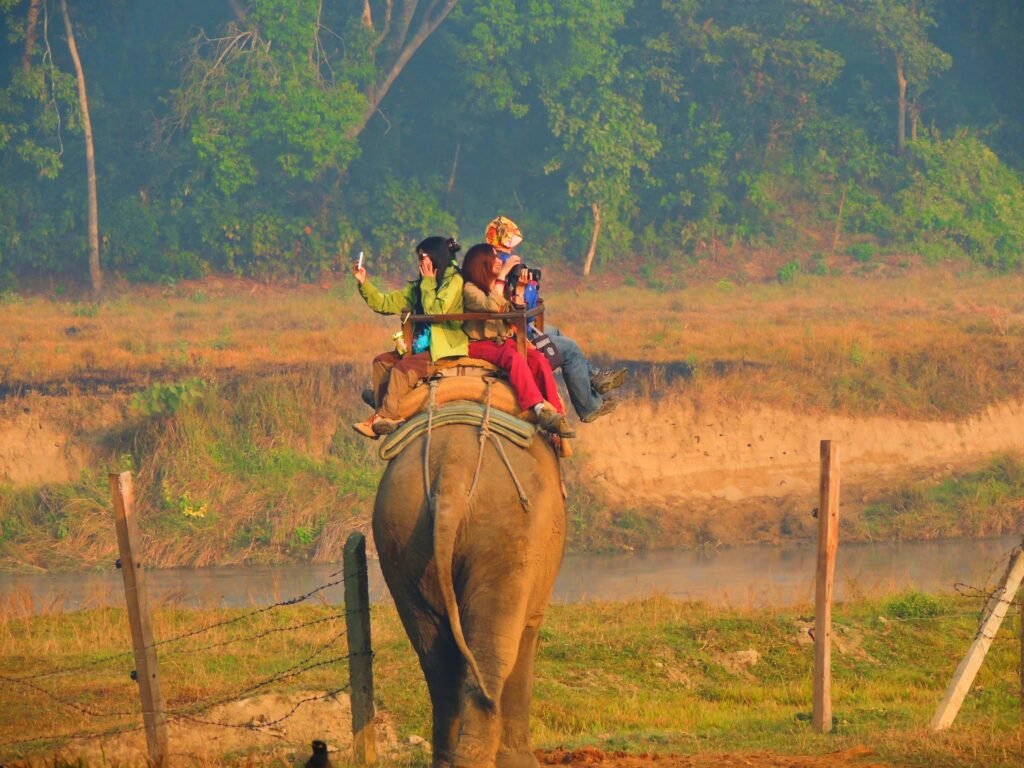
One of the best places in Nepal to see wildlife is Chitwan National Park. The park is home to a variety of animals, including rhinos, tigers, and elephants. There are also a number of bird species that can be seen in the park.
Visitors to Chitwan National Park can go on safari rides to see the animals up close. The best time to see the animals is early in the morning or late in the evening.
If you’re interested in seeing some of Nepal’s wildlife, Chitwan National Park is a great place to start.
Unwinding in the Peaceful Valleys of Rara Lake

Rara Lake is a serene and beautiful place located in the Rara National Park in the Himalayas of Nepal. It is the largest lake in Nepal and is surrounded by mountains that are blanketed in snow. The lake is a popular destination for tourists who want to unwind and enjoy the peacefulness of nature.
There are many things to do in and around Rara Lake. You can go for a hike in the Rara National Park, go fishing, or just sit by the lake and enjoy the stunning views. There are also many places to stay in the area, from luxury resorts to more basic hotels.
If you’re planning to visit Rara Lake, you will need to get a travel visa for Nepal. You can apply for a visa online or at your nearest Nepalese embassy or consulate. Once you have your visa, you can start planning your trip!
Here are some tips for making the most of your time at Rara Lake:
-Spend a few days exploring the Rara National Park. There are many beautiful hiking trails that wind through the park.
-Take a boat ride out onto the lake. This is a great way to relax and enjoy the views.
-If you’re feeling adventurous, try fishing. The lake is home to many different kinds of fish.
-Make sure to acclimatize to the high altitude before undertaking any strenuous activity. The altitude can take some time to get used to.
Final Thoughts:
If you’re looking for a peaceful and beautiful place to relax and unwind, look no further than Nepal!
